Maybe this video doesn’t give you chill bumps, but I can assure you that Ben and I were dancing with joy to see this tree fall!
Step 1 – Silvopasture
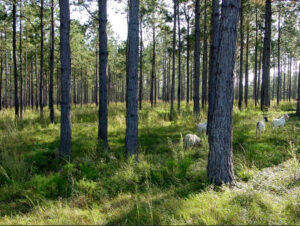
Silvopasture, a fusion of forestry and pasture, is gaining momentum as a sustainable and multifaceted approach to land use. This agroforestry practice integrates trees, forage, and livestock, creating a harmonious ecosystem that offers numerous benefits for both the environment and farmers.
Silvopasture is not new, but its resurgence in modern agriculture is noteworthy. At its core, silvopasture involves strategically planting trees within pastures to enhance overall productivity. Unlike traditional monoculture systems, this method promotes biodiversity and resilience.
What are some of the benefits?
- Trees as Integral Components – In silvopasture, trees are strategically planted within pasture areas. These trees serve multiple purposes, including providing shade for livestock, improving soil health, sequestering carbon, and offering potential timber or fruit resources.
- Forage and Livestock Integration: The pasture component of silvopasture consists of forage plants suitable for grazing livestock. The integration of livestock into this system involves managed rotational grazing, allowing the animals to coexist with trees while optimizing pasture utilization.
- Increased Productivity: Silvopasture often leads to higher overall productivity compared to traditional pasture systems, as the combination of trees and forage creates a more diverse and resilient ecosystem.
- Environmental Conservation: The system contributes to environmental health by promoting biodiversity, preventing soil erosion, and acting as a carbon sink, thus mitigating the impacts of climate change.
- Livestock Welfare: Providing shade from trees improves animal welfare by protecting livestock from extreme weather conditions, reducing stress, and enhancing overall health.
- Soil Health: The interaction between manure, urine, tree roots, and soil promotes improved soil structure, nutrient cycling, and water retention, resulting in healthier and more fertile land.
We are currently clearing 3-4 acres, and in the future, with the help of donations, we will be able to create more silvopasture. We would ultimately like to create 25 more acres, which will allow us to purchase more animals to help more youth with animal therapy. For reference, 4 acres of silvopasture will help support 2 horses, but we also want to have goats, sheep, and other livestock available for the kids to interact with. This will be especially important for youth who are scared of horses.
Step 2 – Barn
We need a barn before we can bring in horses. We have been getting quotes of 50- 60 thousand dollars! So, we decided to go with a steel-building barn. The barn has been purchased and should be delivered within the week! We are so excited. Because of the cost of putting up the barn, we have some amazing neighbors who will help us put it up, which will save us some money. Stay tuned for pics and videos.
Step 3 – Animals
This is a slow process. It was slower than we anticipated, but the results and the impact the camp can have on children will all be worth it. Once we have the 3-4 acres of the silvopasture completed and the barn up, we can start looking for horses to purchase.

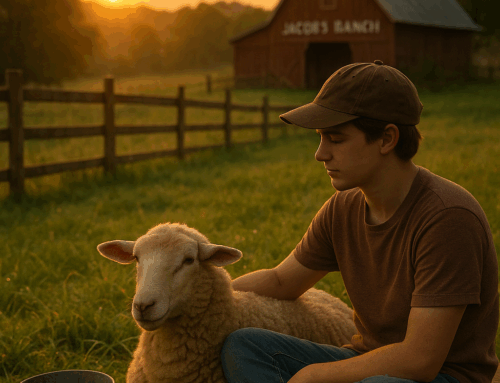
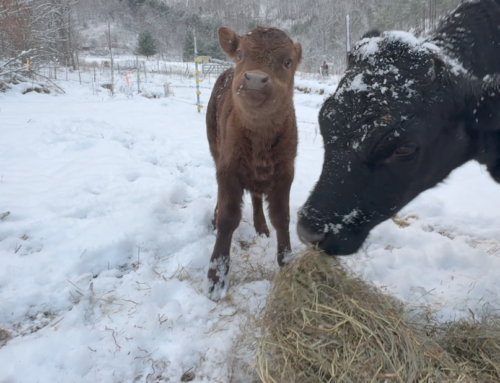
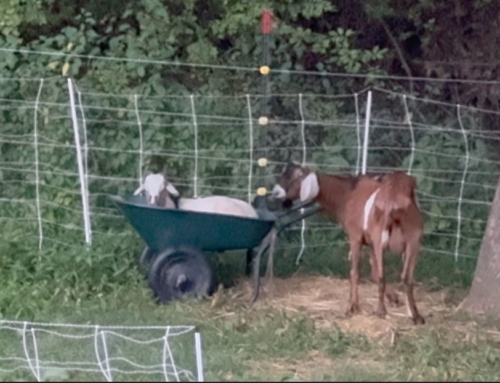
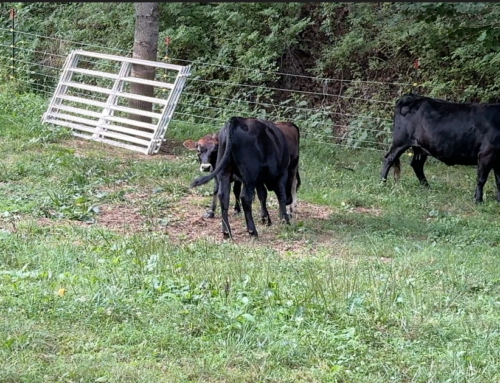

Leave A Comment